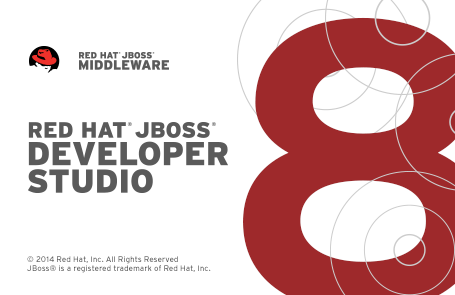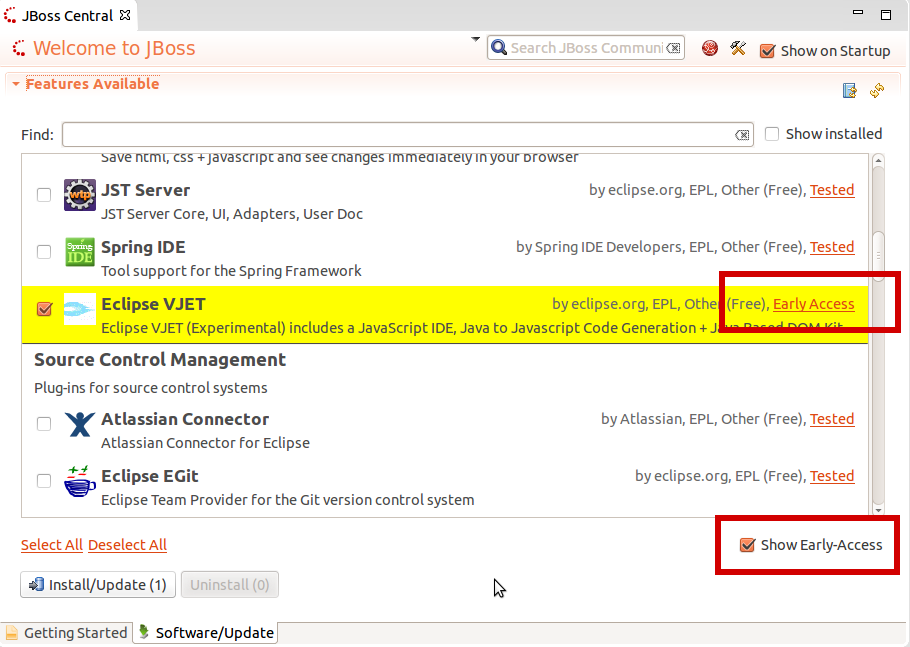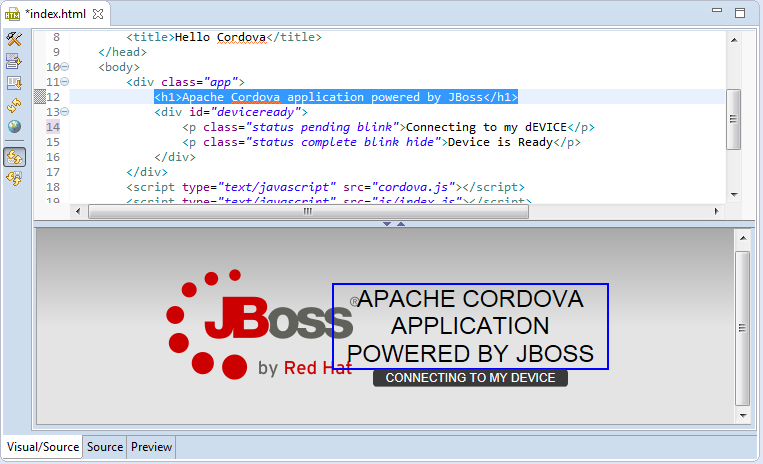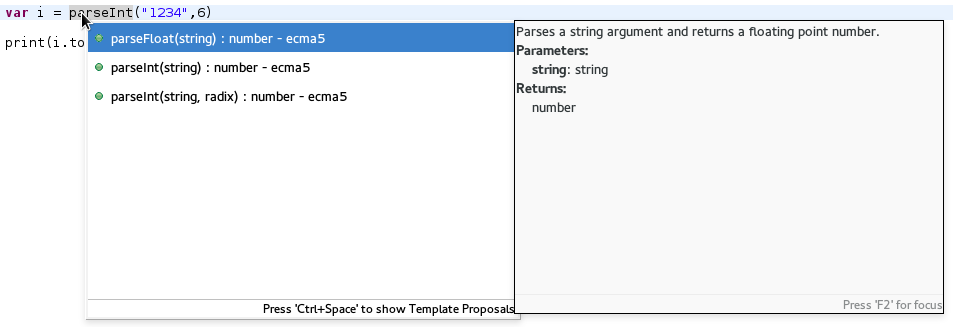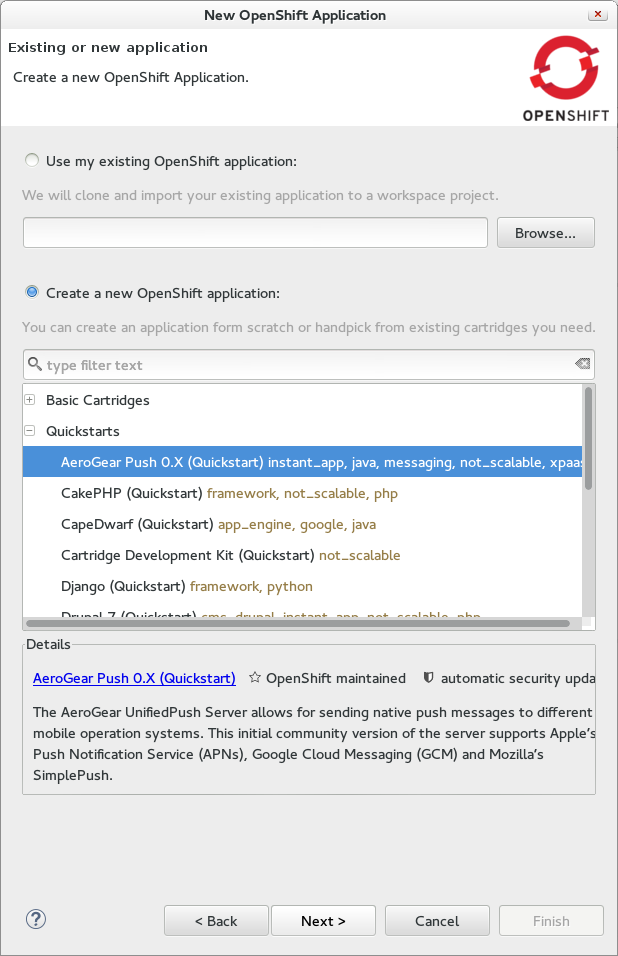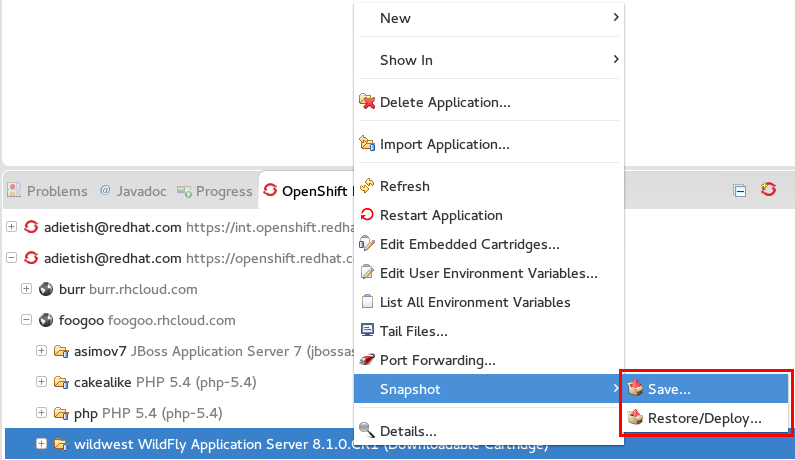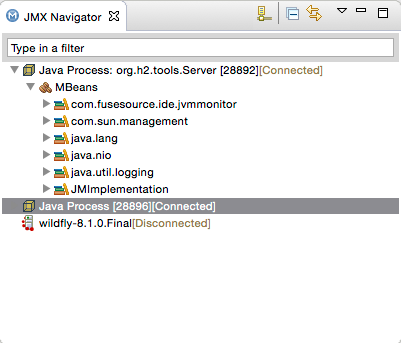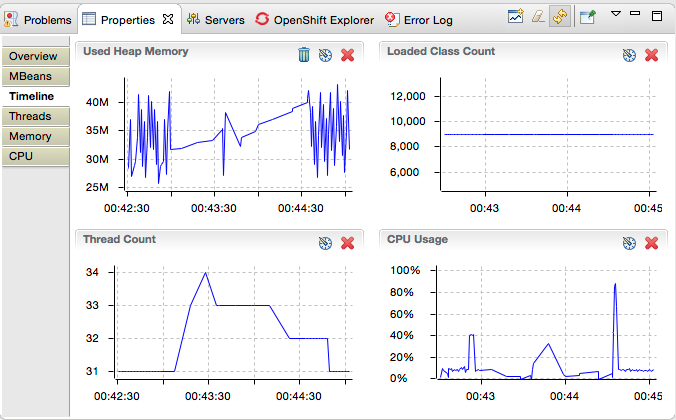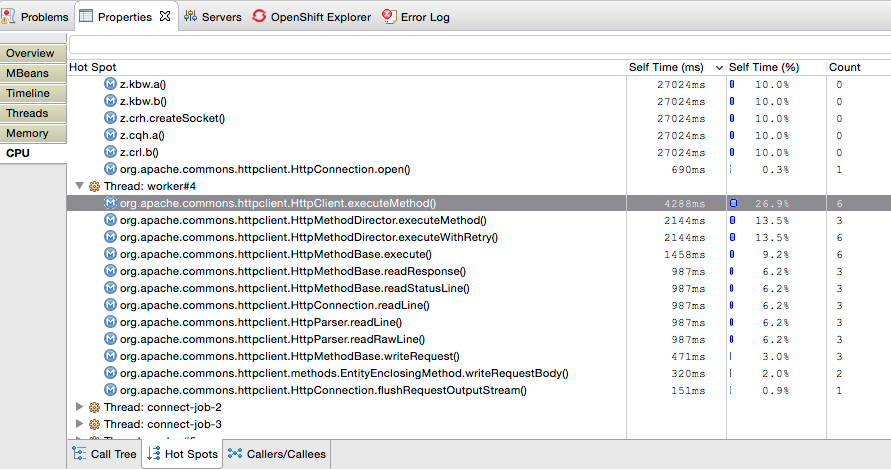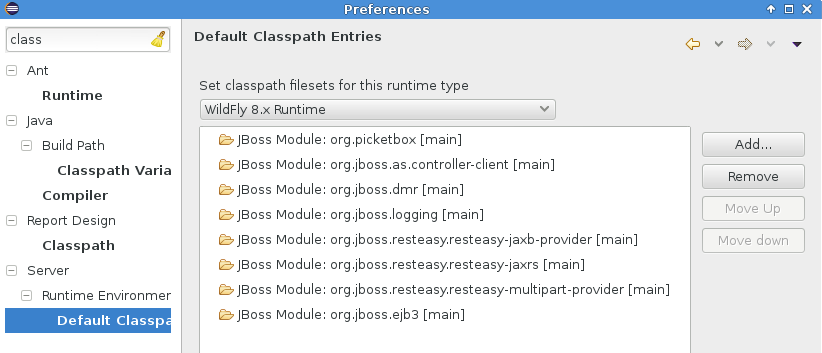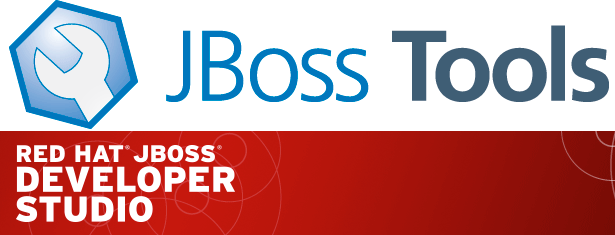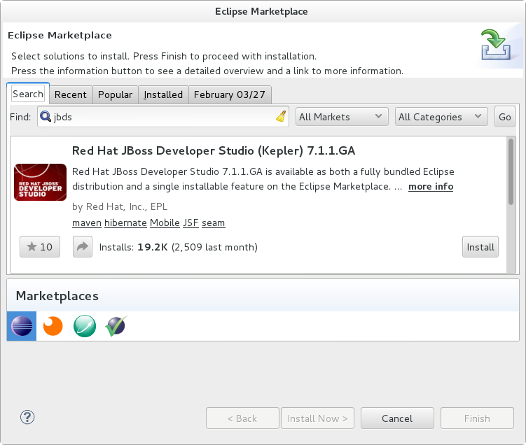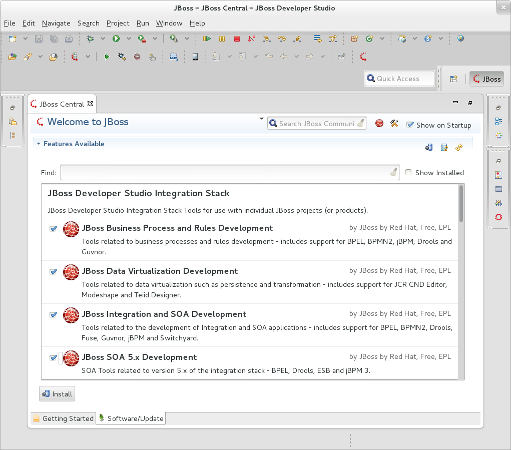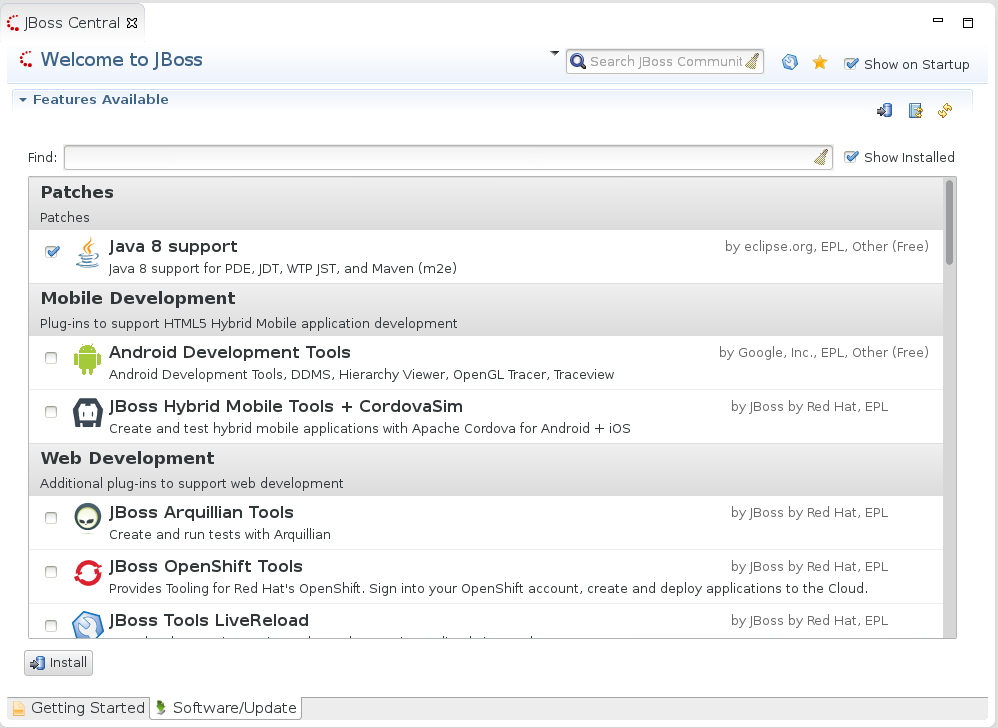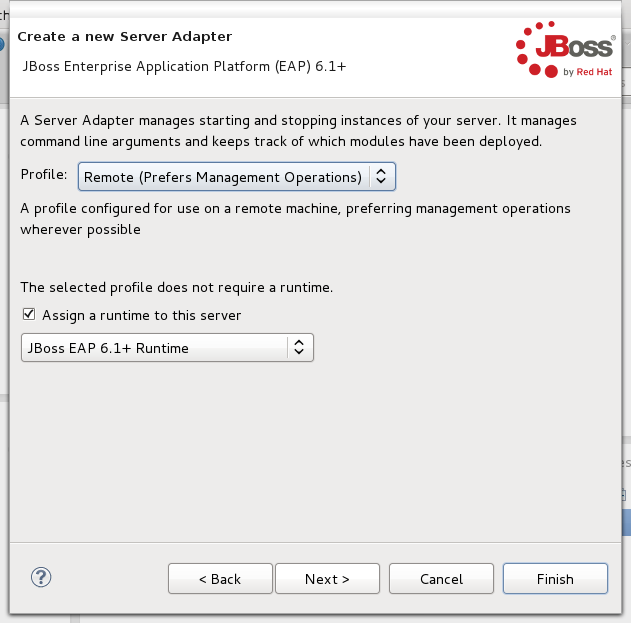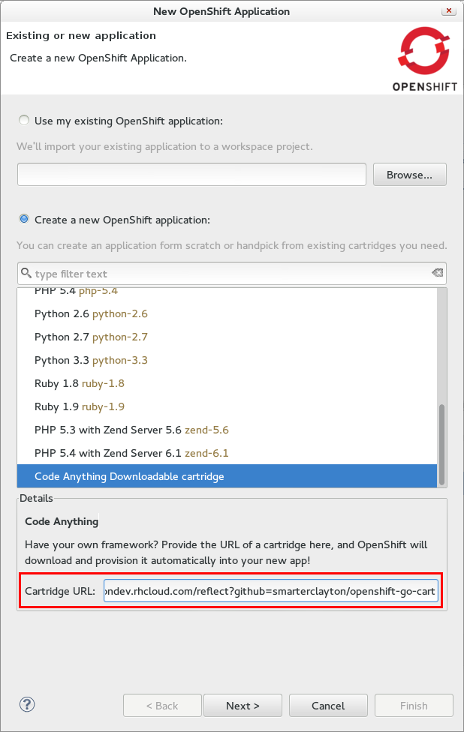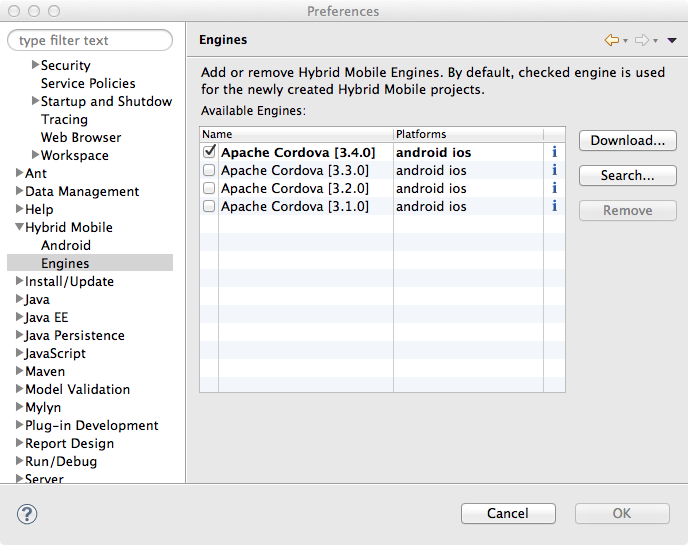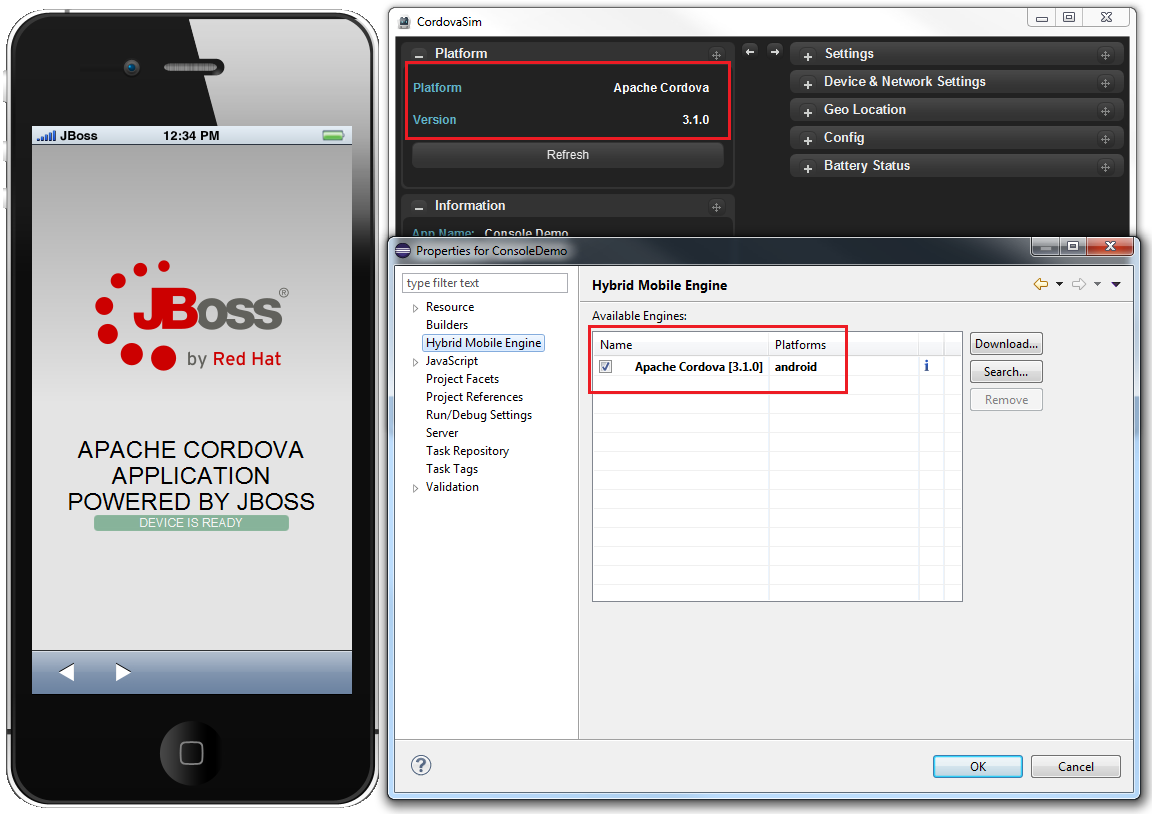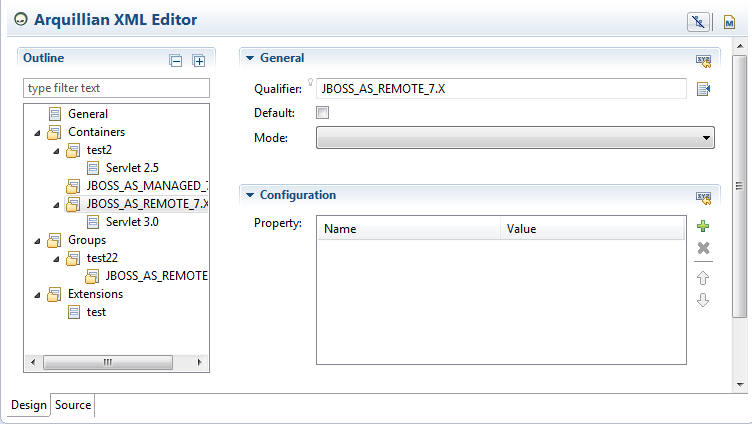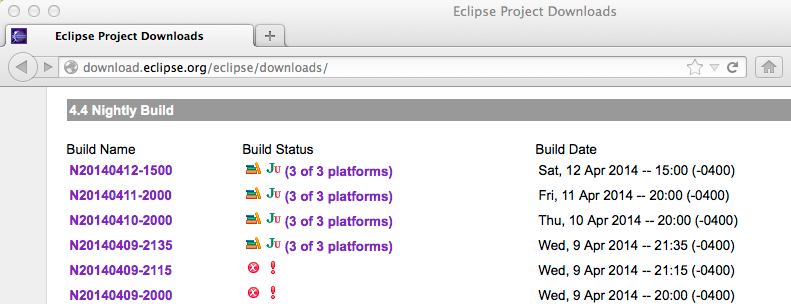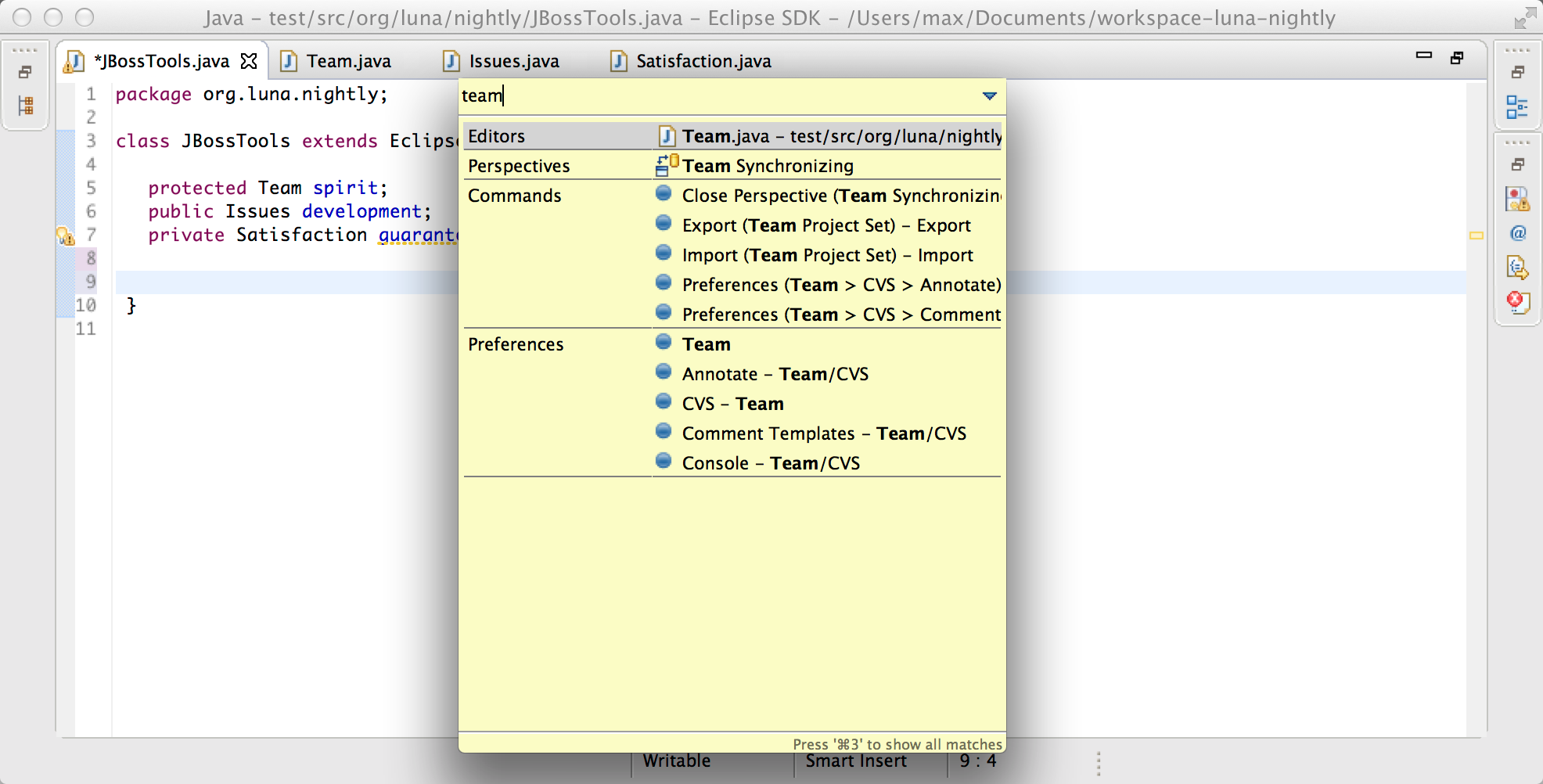I believe very much in our tools are only as good as our users think they are.
Today I’m calling out to you reading this blog to help us make the tools better.
As Thanks you get better tools that works better with your usecases!
Today we are introducing JBoss Tools Community Acceptance Testing (CAT) program to make sure we hear from you to know what is working and what is not working.
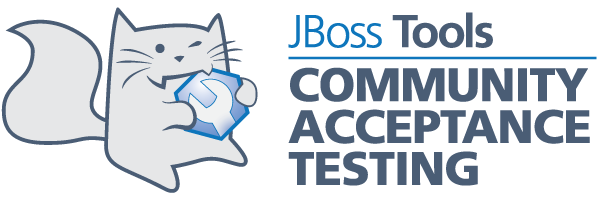
What is it ?
JBoss Tools CAT is a program where you signup and give feedback on new features and we will help you in any issues you have. We’ll also be doing some surveys where JBoss Tools CAT members get to tell us if you find JBoss Tools are ready to be released or not.
The program will run for every major release, this time we are focusing on JBoss Tools 4.2 and Developer Studio 8.0 - current release for that is 4.2.0.Beta2
You can see the details about the program at the CAT page.
How do I participate ?
If you are interested in participating please go and Register!
Is this not similar to NetBeans CAT ?
Yes, the Netbeans CAT program is what inspired us to do this. We think it will work equally well for us too.
What is in it for you ?
Besides you being able to influence the readyness of JBoss Tools for your usecases we will also at the release of the final JBoss Tools put your name as part of the release and dependent on the number of participants give out some extra prizes.
You can see more at the JBoss Tools CAT web page.
Again, if you are interested in helping making the tools work better for you, please Register!
Lets Have fun!
Max Rydahl Andersen
@maxandersen
